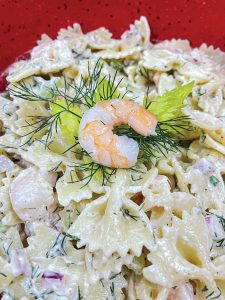If you’ve been near the Mississippi or Illinois rivers, you have no doubt had the opportunity to see one of our most identifiable national icons. The bald eagle represents the pride and strength of the United States. Its power, graceful maneuvers and majestic posture make it an appropriate symbol.
Native Americans, believing thunder came from the great wings of the eagle, named it “Thunderbird.” Their legends tell of a powerful creature strong enough to fly to the sun and pull it across the sky. They said the intense heat of the sun turned its head and tail feathers white. Only warriors who had proven themselves in battle could wear an eagle feather on their head.
At 10 to 13 pounds and over 3 feet long, the eagle is the largest bird of prey in North America. Its wingspan is commonly over 6 feet wide, with 8-foot spans not unusual. Their nests can be 5 to 6 feet in diameter and 6 feet deep. Eagles are very territorial and will usually return to the same nest year after year. They also prefer to mate for life.
I was very fortunate a few years ago to be able to talk with a true expert on the bald eagle. Jim Mattsson is a regional biologist for the U.S. Fish and Wildlife Service. He told me about the remarkable recovery of the bald eagle in North America.
“In the mid-1970s, the eagle was in real trouble,” Mattsson said. “There were only 450 documented breeding pairs in the country. Now we have about 4,600 breeding pairs nationwide.
“…The birds are now highly protected. Both the Bald Eagle Act and the Endangered Species Act have proven to be valuable tools to cut down on and eliminate the senseless killing of our national bird,” Mattsson continued. “But the biggest single influencing factor was the regulation of DDT in the mid-70s. This pesticide almost drove eagles out of existence.
“… This chemical would be carried by run-off into our streams and rivers and infect the fish. These fish would in turn be eaten by eagles, and toxic levels would build up in the birds. This caused the shells of eagle eggs to be thin and fragile. When these eggs were laid, they would crack during incubation, killing the fetus. With fish being 90 percent of the eagle’s diet, this problem was enormous.”
The eagle infant mortality rate has decreased significantly over the past two decades, though an entire generation of DDT-infected eagles had to live out their lives before non-infected birds could take over the breeding duties and produce stronger, non-toxic eggs.
I questioned Jim about the eagles we routinely see here along the river during the winter. He said that most of them come from the north, as far as Canada. They follow the river, their main source of food, just ahead of the freezing ice.
In my research, I discovered that virtually every observation point for hundreds of miles has some sort of eagle-sighting celebration. These events occur in the winter from south of St. Louis north to where the river is just a trickle. A simple online search offers multiple options.
Observing our national bird in its natural surroundings is truly inspiring. People come from all over the world to see these magnificent birds. Don’t miss this regal creature in your own backyard!









